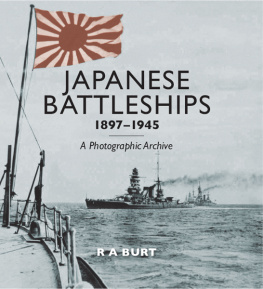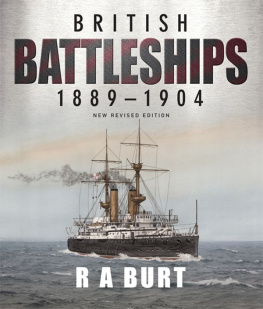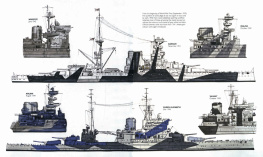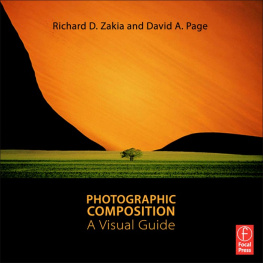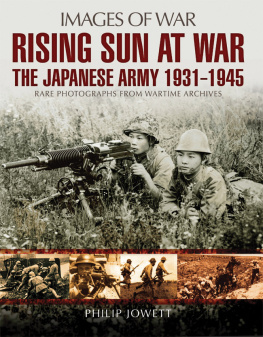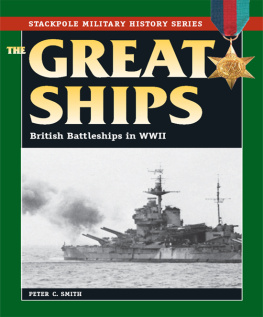
Mutsu leads Nagato, Ise, Hyuga and heavy cruisers during exercises 1928
Between 1920 and 1939 all navies endeavoured to show the flag and the Japanese were no different. Fleet manoeuvres, exercises and general reviews were a common sight during those years and this photograph shows just such a one... a show of power, which the battleship does splendidly.The battleships colossal superstructures rise to well above 120ft above sea level, giant 16in and 14in guns fore and aft, and the occasional show of smoke deliberately let out just in case anyone had missed they were there!
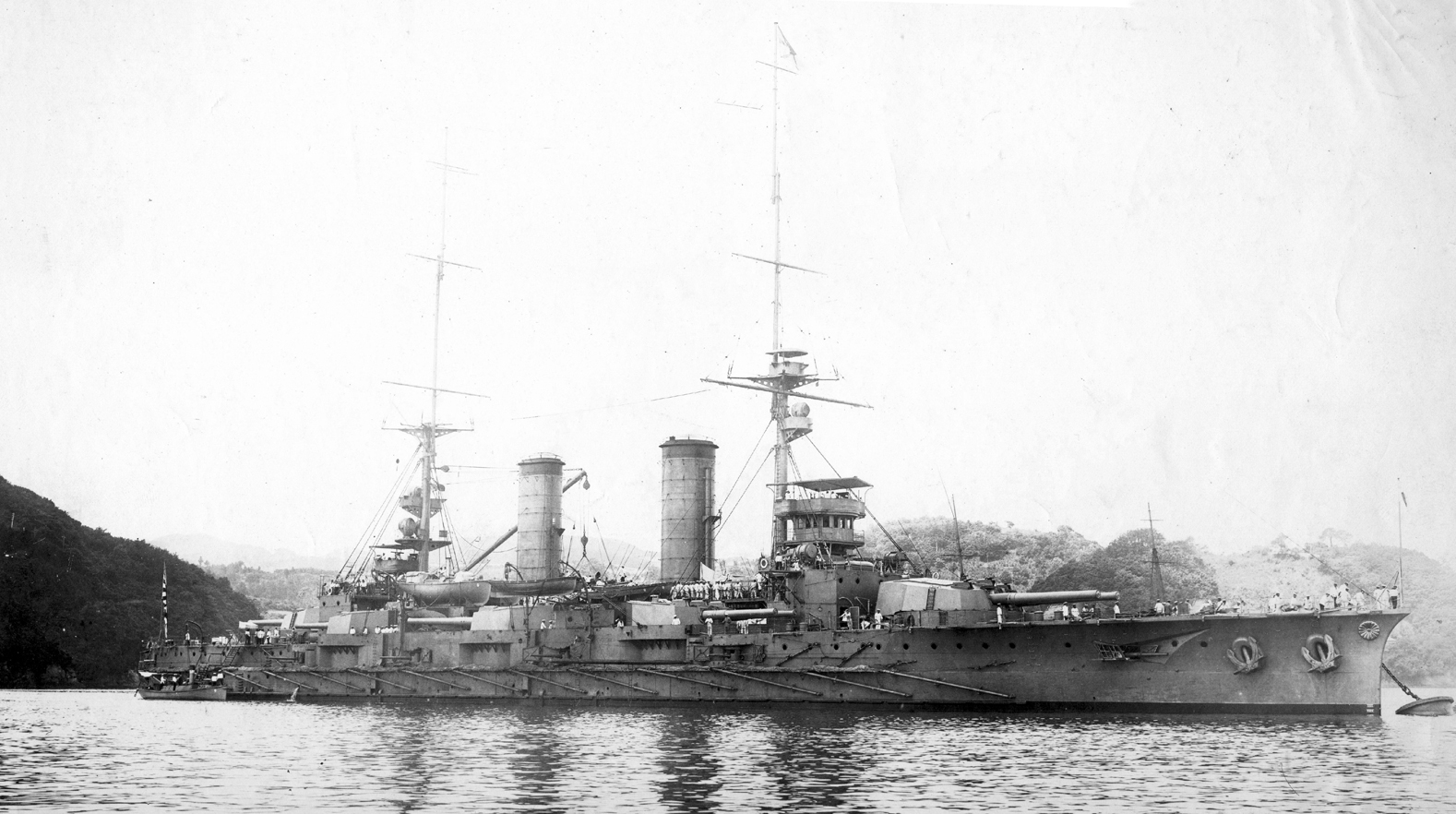
Satsuma off Sasebo 1919
The transitional period experienced by the Japanese Navy in the first decade of the twentieth century resulted in the building of Satsuma and Aki, both of which were practically all big gunned ships.They were built in Japan, but at least fifty per cent of material for them was ordered from England, including the guns and turntables.
Copyright R A Burt 1989 and 2015
First published in Great Britain in 2015 by
Seaforth Publishing,
Pen & Sword Books Ltd,
47 Church Street,
Barnsley S70 2AS
www.seaforthpublishing.com
British Library Cataloguing in Publication Data
A catalogue record for this book is available from the British Library
ISBN: 978 1 84832 234 9
EPUB ISBN: 978 1 47384 545 9
PRC ISBN: 978 1 47384 544 2
All rights reserved. No part of this publication may be reproduced or transmitted in any form or by any means, electronic or mechanical, including photocopying, recording, or any information storage and retrieval system, without prior permission in writing of both the copyright owner and the above publisher.
The right of R A Burt to be identified as the author of this work has been asserted by him in accordance with the Copyright, Designs and Patents Act 1988.
Typeset and designed by Mousemat Design Limited
Printed by Printworks Global Ltd, London & Hong Kong
CONTENTS
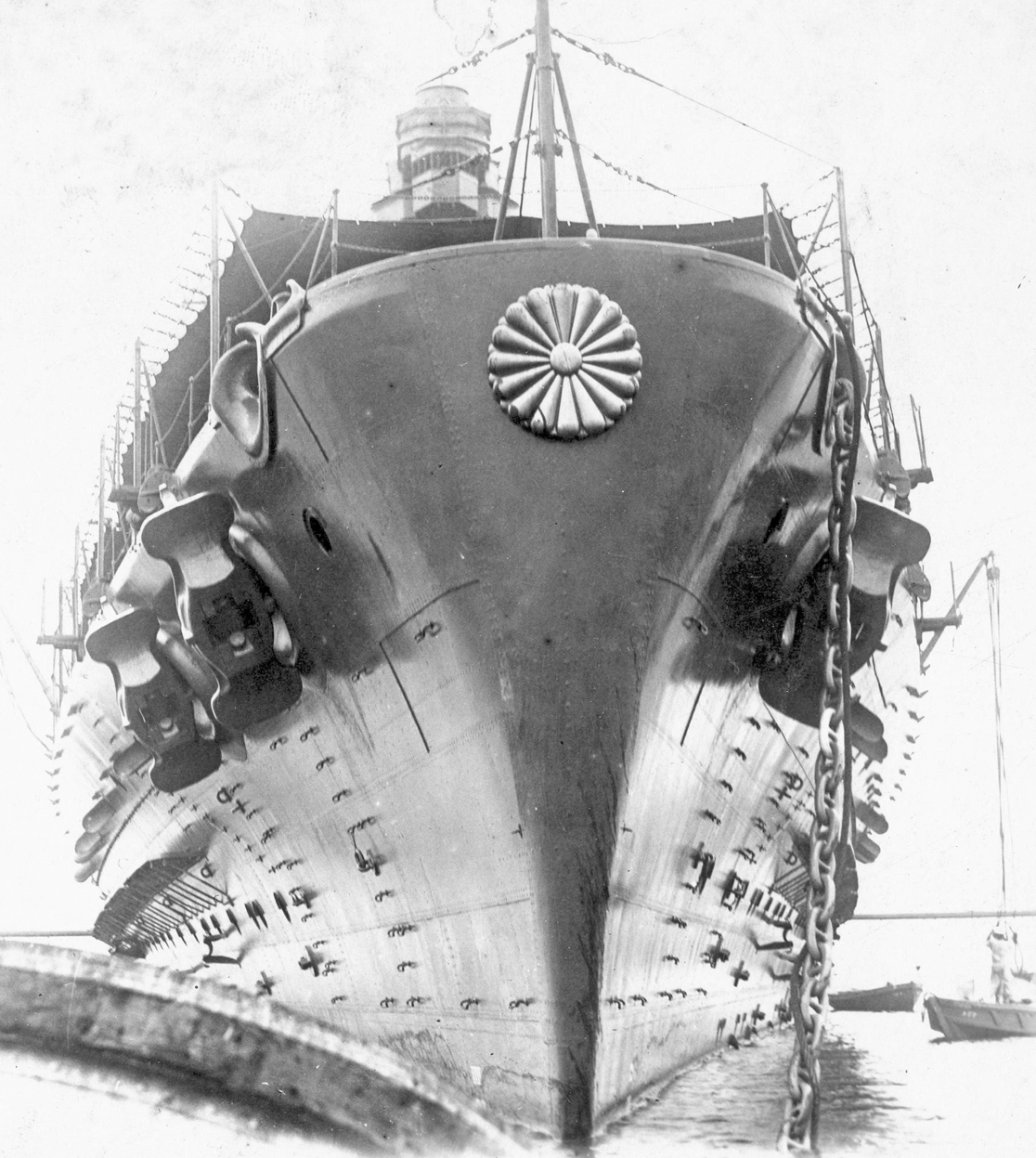
Nagatos bow 1926.
See .
INTRODUCTION
Although a relative newcomer to the modern naval scene, the origins of the Japanese Battle Fleet can be traced back as far as 600 BC. Like the British, the Japanese are an island race who quickly recognised the fact that to protect themselves properly a strong maritime force was needed. This prompted urgent demands for information about naval matters from foreign sea powers that continued down the centuries until as late as 1910.
Until about 1870, most Japanese warships were built primarily for coastal defence, but in 1875 the Japanese finally decided to stretch their abilities and order first-class seagoing vessels. They naturally turned to Great Britain for the most advanced shipbuilding technology of that time and placed an order in London with Samuda Bros of Poplar for a steel-hulled, armoured frigate. Designed by the ex-Director of Naval Construction, Sir Edward Reed, the resultant Fuso can be regarded as the genesis of the modern Japanese Navy. She proved very successful as completed and set the pattern for future investment.
Many ships were laid down in Great Britain, France and at home to build the fleet up numerically, and by 1894 Japan was able to adequately protect her own interests. The first real test came in that same year when war broke out with China, and the sea battles of Asan, Yalu and Wei-Hai-Wei proved the soundness of investing in good naval forces. This can also be said of the following war with Russia, when the Japanese fleet practically annihilated the Russian battleships at the Yellow Sea and Tsushima, in 1904 and 1905 respectively, with what was, in all essentials, a British-built squadron.
The Japanese were quick to learn and they began major construction in their home yards. Their progress in just thirty years was quite remarkable, and they entered the intermediate dreadnought era with Satsuma and Aki laid down in Japan in 1903 (although fifty per cent of the material was ordered from abroad). In 1913, the battlecruiser Kongo was ordered from Vickers in England in order to learn the very latest in technical developments, but she was the last major warship built abroad. The thread was broken and Japan was at last able to embark on her own shipbuilding programmes.
From 191420 ten units were added to an ever-growing fleet all first-class warships and equal to the best contemporary foreign construction. This was hardly surprising because nearly all Japanese naval constructors had studied and trained at Greenwich Naval College in England, where they were given access to the newest technology and many official files showing intelligence reports on the fleets of the world.
After the First World War, in which the Japanese took little part, Japan decided, in the light of the Royal Navys achievements, that the whole infrastructure of her own fleet needed revising if the country of the imperial rising sun was to be considered impregnable. A massive programme was proposed, so big that other major powers were practically forced to follow suit. The ultimate aim of the Japanese government was to have three squadrons, each consisting of eight battleships and eight battlecruisers making a total of twenty-four battleships and twenty-four battlecruisers formidable array indeed.
Irrespective of financial considerations, however, there were factors that did not bode too well for the attainment of such a force. Since the war Japan had been seriously hampered by the difficulty of obtaining suitable steel. She was dependent primarily on Great Britain and America, but supplies had dropped off to Japan; from America because of transportation problems and from Great Britain because she found the exchange rate prohibitive and thus wished to sell her steel only in Europe.
So far as technical qualities were concerned, the Japanese stood out as excellent shipbuilders. In rapidity of construction they were first-class; the battleship Ise, built by the Kawasaki Co in just thirty-one months, showed what they could do, provided that the necessary material was forthcoming. When the warship boom was at its peak in Japan, new yards sprang up with a mushroom-like pace of growth just prior to 1921 there were no less than seventy yards in the Osaka area alone. A constant demand for high wages from the dockyard staff did, however, tend to restrict maximum output and this, together with the problems with raw materials, took the edge off the great advances that the Japanese had made.
Their designs, nevertheless, showed imaginative style and were very often innovatory. They were the first to have a 16in-gunned warship at sea (Nagato-class, 1918), and they then laid down improved versions (Kaga-class, 10 x 16in) in 1919.
In 1920, just after the design of Amagi was finished, the following four ships of the so-called 8-plus-8 Fleet were designed. Although the first step was to build a main fleet consisting of eight battleships and eight battlecruisers, there was an international tendency at that time towards higher speed with better protection high-speed battleships in fact. This tendency was clearly shown in the British HMS Hood that was actually a battlecruiser, but seen by the Japanese to be a high-speed battleship. By 1921, super-battleships were being proposed and seriously undertaken. Vessels with displacements of up to 47,500 tons and 18in armaments were being mooted by all the leading sea powers of the day. These plans and actual construction terminated, however, when a treaty was signed (Washington Treaty of 1921) restricting further building beyond normal fleet expansion. This brought to an end the ridiculous escalation which might well have resulted in confrontation, years before the Second World War.
Next page
